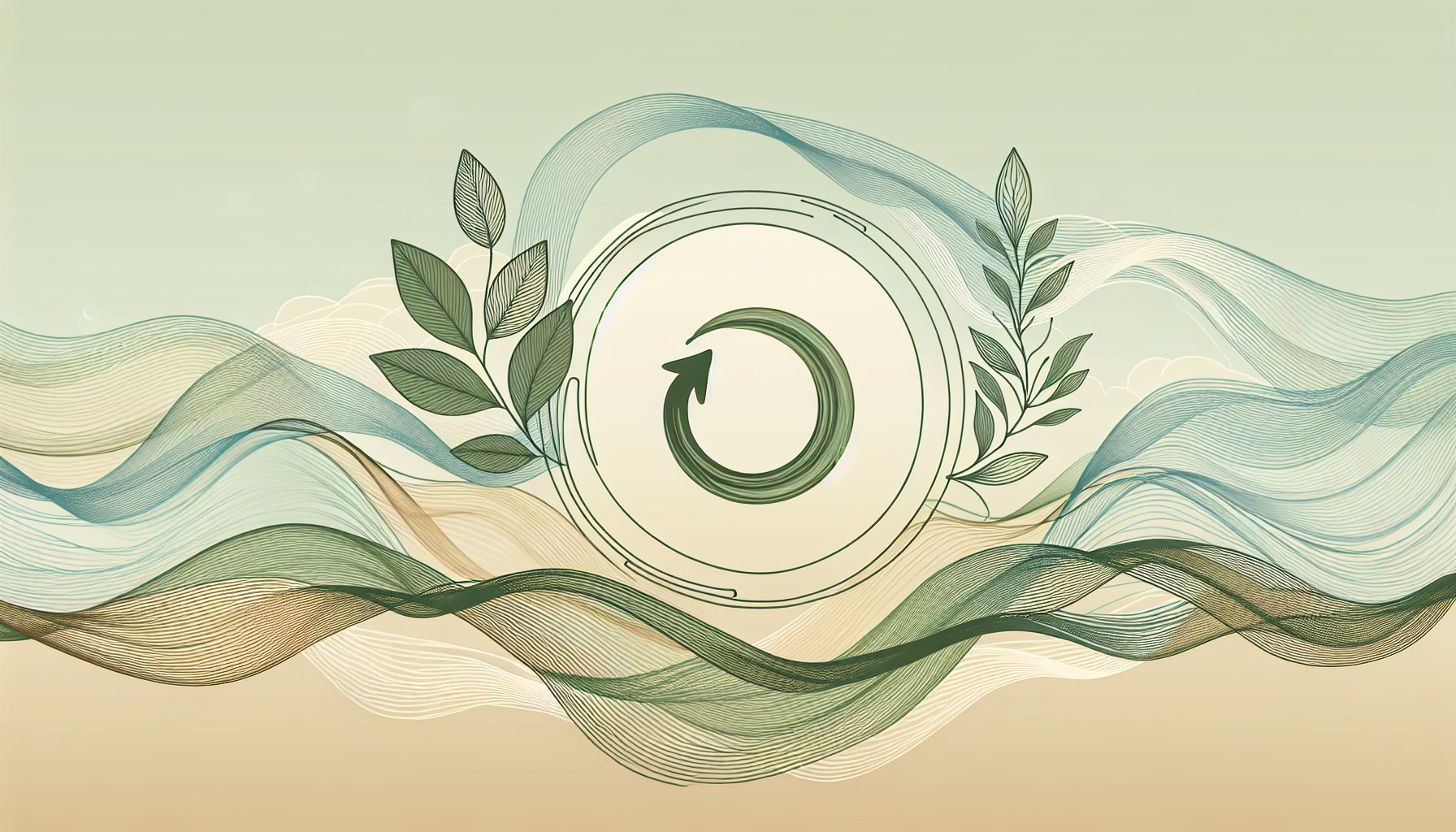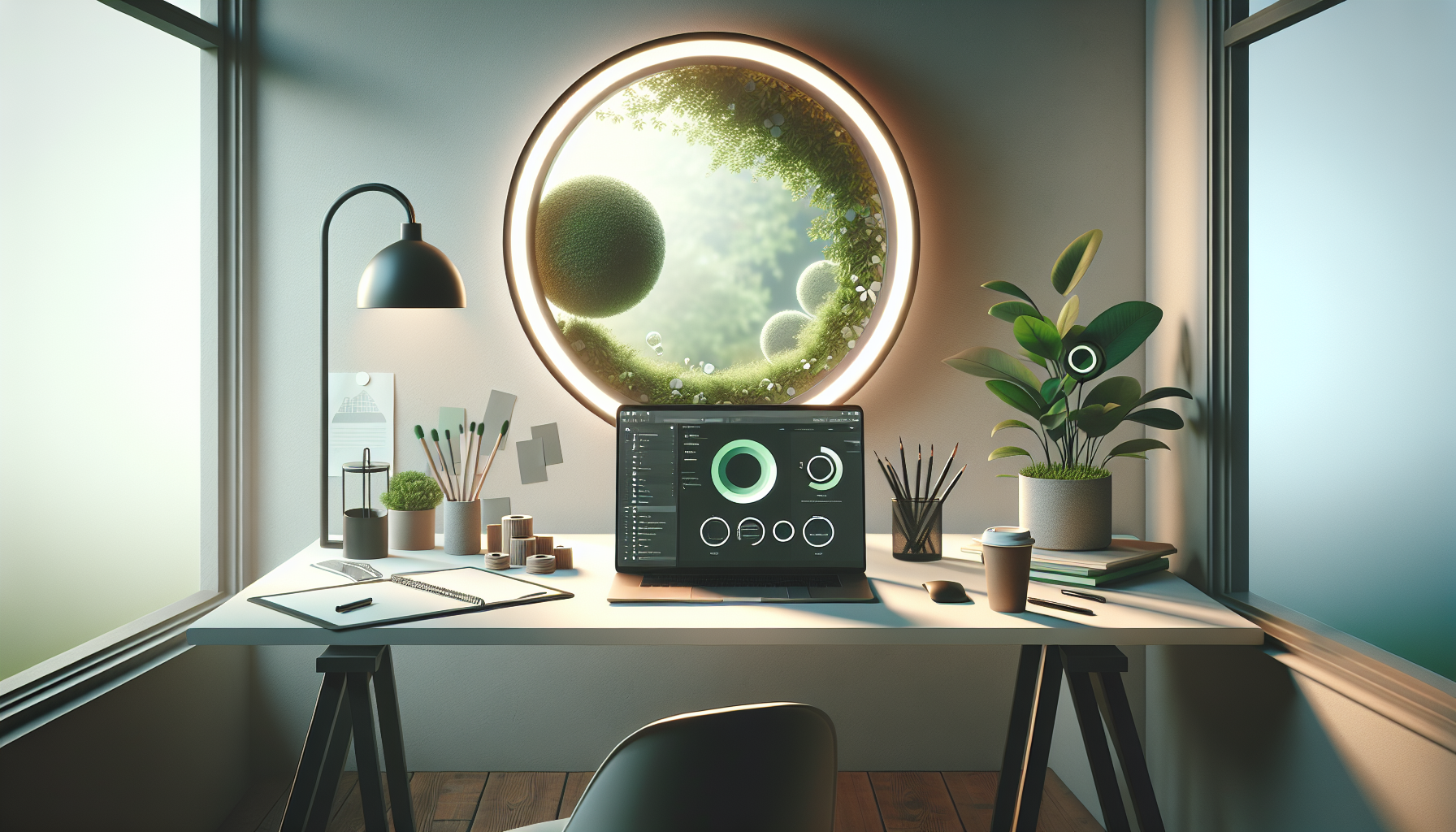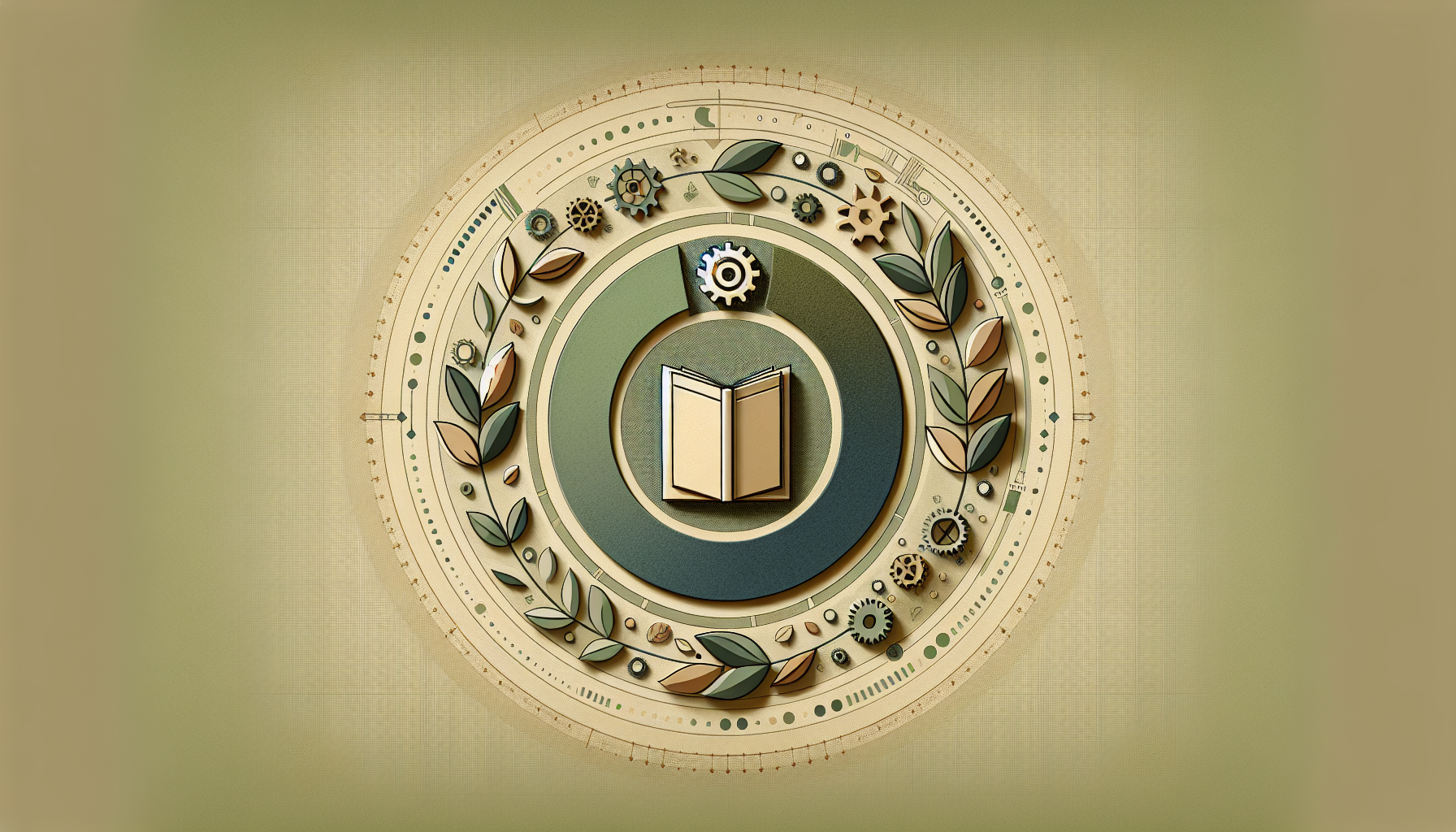We all know that mastering circular design can feel overwhelming, right? With sustainability becoming the buzzword of the decade, it’s easy to get lost in all the theories and principles. You might be asking yourself how to actually implement these concepts in practical ways.
But here’s the good news: if you stick around, I’m going to share some super handy ChatGPT prompts that can help you generate innovative ideas and tackle those pesky design challenges. You’ll discover how to leverage this powerful tool to enhance your circular design projects.
From understanding core principles to crafting your own prompts, you’ll find everything you need to navigate the world of circular design effortlessly. Let’s dive in and get those creative juices flowing!
Key Takeaways
- Using ChatGPT can simplify circular design by generating tailored prompts that spark creativity and innovation.
- Key principles of circular design include durability, cradle-to-cradle materials, waste reduction, and systems thinking.
- Create effective prompts by being specific, providing context, and asking for multiple ideas to broaden your creative options.
- Address common challenges in circular design like resistance and material costs by using targeted prompts with ChatGPT.
- Learning from successful case studies can guide you in implementing and enhancing your circular design strategies.

Effective ChatGPT Prompts for Circular Design
Using ChatGPT can enhance your circular design projects significantly through creative and tailored prompts.
Here are some prompts to get you started:
- Generate five innovative product ideas that follow circular design principles.
- Suggest sustainable materials for designing a circular furniture piece that lasts.
- Create a marketing pitch for a new circular economy initiative.
- List potential challenges when implementing a circular design in consumer products.
- Outline a step-by-step guide on how to introduce circular design concepts in existing products.
These prompts can help facilitate brainstorming sessions, design validations, and sustainability assessments.
Understanding Circular Design Principles
Circular design is built on several key principles that promote sustainability and minimal waste.
One fundamental principle is designing for longevity, ensuring that products are durable and can be used extensively.
Another aspect is cradle-to-cradle design, which encourages the use of materials that can be fully recycled or composted.
Materials and waste reduction are vital, focusing on reusing materials instead of discarding them.
Systems thinking in design also plays a crucial role, as it considers the entire lifecycle of a product, from conception to disposal.
How to Use ChatGPT for Circular Design Projects
Integrating ChatGPT into your design projects can help streamline various processes and enhance creativity.
Start by using it to brainstorm ideas; prompt ChatGPT to generate a list of circular product concepts that fit your project.
Utilize it for research; ask for recent trends in circular design and case studies that can inspire your work.
Involve ChatGPT in ideation sessions, where you can ask it to provide feedback on your design concepts or suggest improvements.
It can also assist in project management by helping you outline tasks and timelines based on your circular design objectives.
Sample Prompts for Generating Circular Design Ideas
Generating ideas is simpler with effective prompts tailored for circular design.
Here are some examples you can use:
- Brainstorm ten ways to design a product that can easily be repaired or upcycled.
- List 5 creative ways to repurpose waste materials into new products.
- Suggest concepts for a community program encouraging circular economy practices.
- Propose innovative packaging solutions that minimize environmental impact.
- Outline a product lifecycle plan for a circular design project to enhance sustainability.
These prompts not only stimulate creativity but also keep you aligned with sustainability goals.

Evaluating Circular Design Concepts with ChatGPT
One of the most crucial steps in circular design is evaluating your concepts effectively.
ChatGPT can help assess the viability of your design ideas by using specific prompts.
For example, you can ask:
- “Evaluate the sustainability of a product design that uses biodegradable materials.”
- “Identify weaknesses in a proposed circular business model for an electronic device.”
- “Provide feedback on a product that incorporates recycled plastics into its design.”
- “List improvements that could enhance the consumer appeal of a circular fashion product.”
- “Assess the lifecycle impact of integrating reusable components in consumer products.”
These prompts guide ChatGPT to provide structured critiques and suggestions for refining your designs.
Moreover, you can utilize ranking systems to compare different concepts based on criteria like sustainability and user engagement.
This approach can lead to better decision-making and more impactful designs in your circular projects.
Tips for Crafting Your Own Circular Design Prompts
Creating effective prompts for ChatGPT is a skill that improves with practice and understanding.
Start by being as specific as possible about the information you’re seeking.
Here are some actionable tips:
- Use clear and concise language. For instance, instead of saying “suggest ideas,” ask, “propose five ways to design a solar-powered outdoor product.”
- Include context in your prompts. For example, “Consider eco-friendly materials to propose a sustainable packaging solution for a beauty product.”
- Request multiple options to increase the range of ideas: “Generate seven concepts for upcycled home decor items.”
- Ask follow-up questions for deeper insights, like “What are the potential drawbacks of using ocean plastics for new products?”
- Encourage creativity by framing questions more open-endedly: “What are three innovative uses of waste materials in architecture?”
By applying these techniques, your prompts can yield more relevant and creative insights from ChatGPT.
Common Challenges in Circular Design and How to Address Them with ChatGPT
Implementing circular design often comes with several challenges.
Resistance to change, material availability, and cost are some hurdles design teams face.
Utilizing ChatGPT can assist in addressing these issues. Here are some useful prompts:
- “List common barriers to adopting circular design in the textile industry and suggest solutions.”
- “Explain cost-effective methods for sourcing sustainable materials.”
- “Discuss how to overcome user resistance to adopting circular products.”
- “Identify strategies for shifting stakeholders’ perspectives on circular business models.”
- “Provide three ways to educate consumers about the benefits of circular design.”
These prompts can help unravel complex issues and generate actionable solutions, fostering a smoother transition to circular practices.
Remember, the more detailed your questions, the more tailored and useful the responses will be.
Examples of Successful Circular Design Implementations
Learning from real-world examples is invaluable in circular design.
Several companies have successfully integrated circular design principles into their products.
To explore these cases, you might ask ChatGPT:
- “Provide examples of brands effectively applying circular design in their products.”
- “Summarize a successful case study of a company that transitioned to a circular business model.”
- “What are innovative circular design features used by leading sustainable companies?”
- “Describe a product designed for end-of-life recyclability and its impact on sustainability.”
- “List five products that have successfully utilized upcycled materials and their market reception.”
These queries can lead to insightful results that showcase best practices and highlight the potential of circular design.
Keep an eye out for emerging examples to continually learn and adapt your strategies.

Resources for Learning More about Circular Design
To further advance your knowledge in circular design, exploring various resources is essential.
Start with books that discuss sustainable design concepts, such as “Cradle to Cradle” by William McDonough and Michael Braungart, which provides insight into eco-effective practices.
Online courses can also be beneficial; platforms like Coursera and edX offer classes focused on circular economy principles.
Look for webinars and workshops hosted by design organizations or sustainability advocates, which often provide practical insights and networking opportunities.
Several websites and blogs offer valuable content on circular design, including the Ellen MacArthur Foundation, known for its extensive resources on circular economy strategies.
For academic rigor, explore journals dedicated to sustainable practices, such as the Journal of Cleaner Production or the Circular Economy and Sustainability journal.
Joining communities focused on design innovation can also enhance your learning; platforms like LinkedIn and local meetups often feature groups dedicated to sustainable design development.
Here are some prompts you can use with ChatGPT to find more resources:
- “Recommend five essential books on circular design principles.”
- “List popular online courses focused on circular economy practices.”
- “Summarize the key topics covered in recent webinars on sustainable design.”
- “Identify influential websites and blogs that discuss circular design and sustainability.”
- “Provide a list of academic journals dedicated to research in circular economy.”
FAQs
The key principles of circular design include designing for longevity, minimizing waste, maintaining product value, and utilizing renewable resources. These principles aim to create products that support sustainability throughout their lifecycle.
To create effective prompts for ChatGPT, clearly define your goals, include relevant context, and specify the desired format for responses. This precision helps ensure the generated ideas align with circular design principles.
ChatGPT can help address challenges in circular design such as material sourcing, product lifecycle assessment, and creative brainstorming. It provides insights, generates innovative ideas, and assists in evaluating design concepts effectively.
Resources for circular design include online courses, webinars, industry publications, and design forums. Websites like the Ellen MacArthur Foundation offer valuable insights and case studies to further your understanding of circular design principles.
